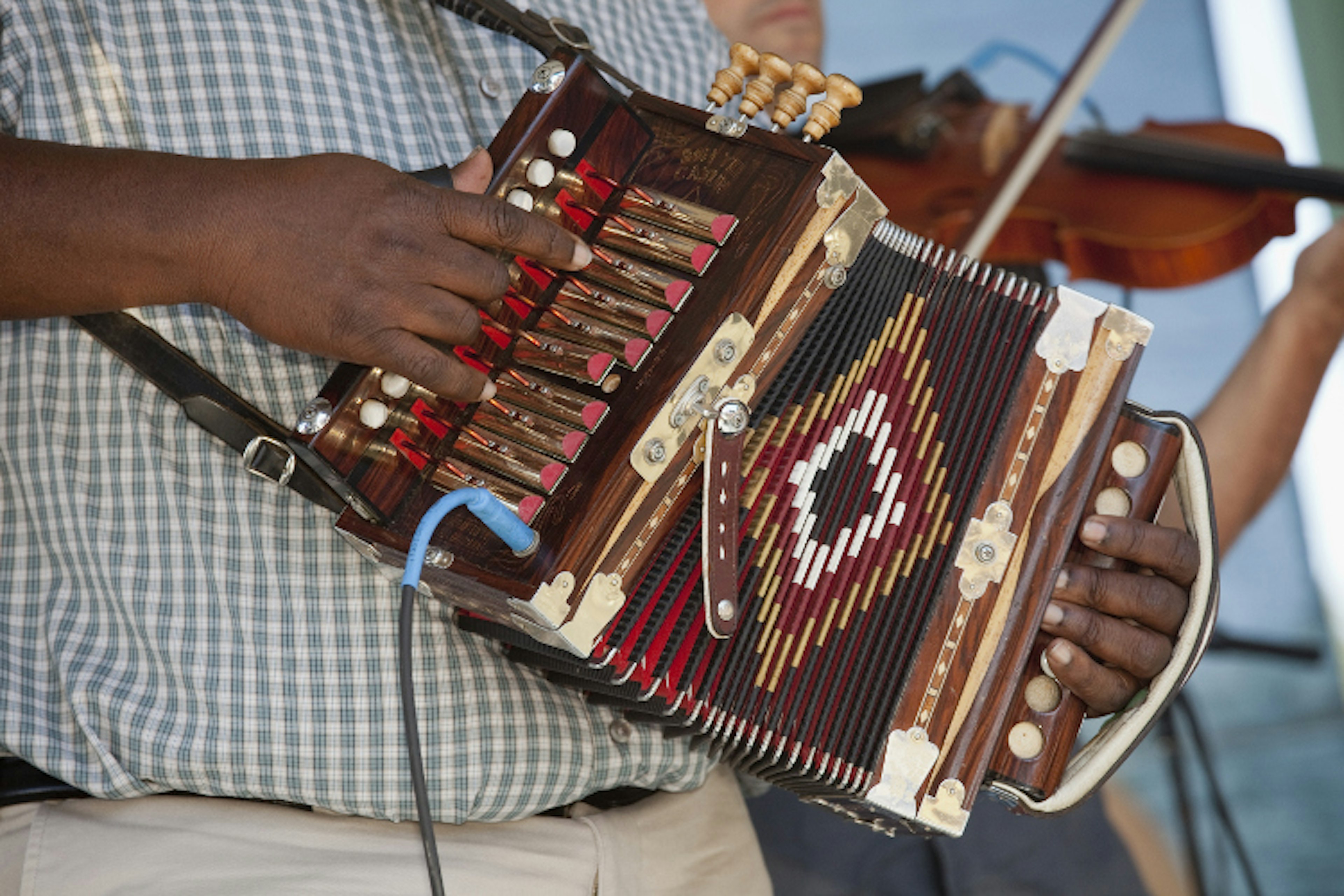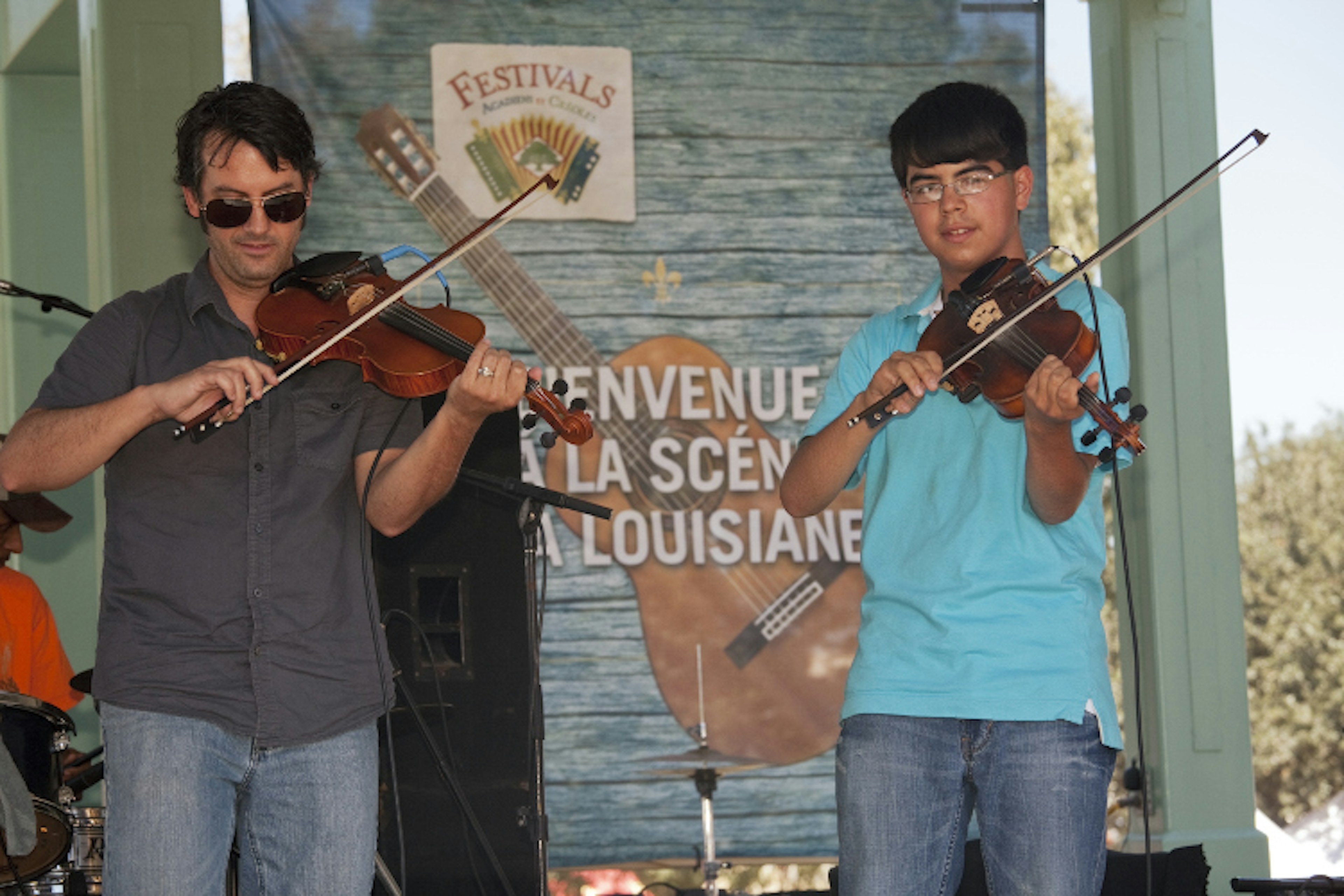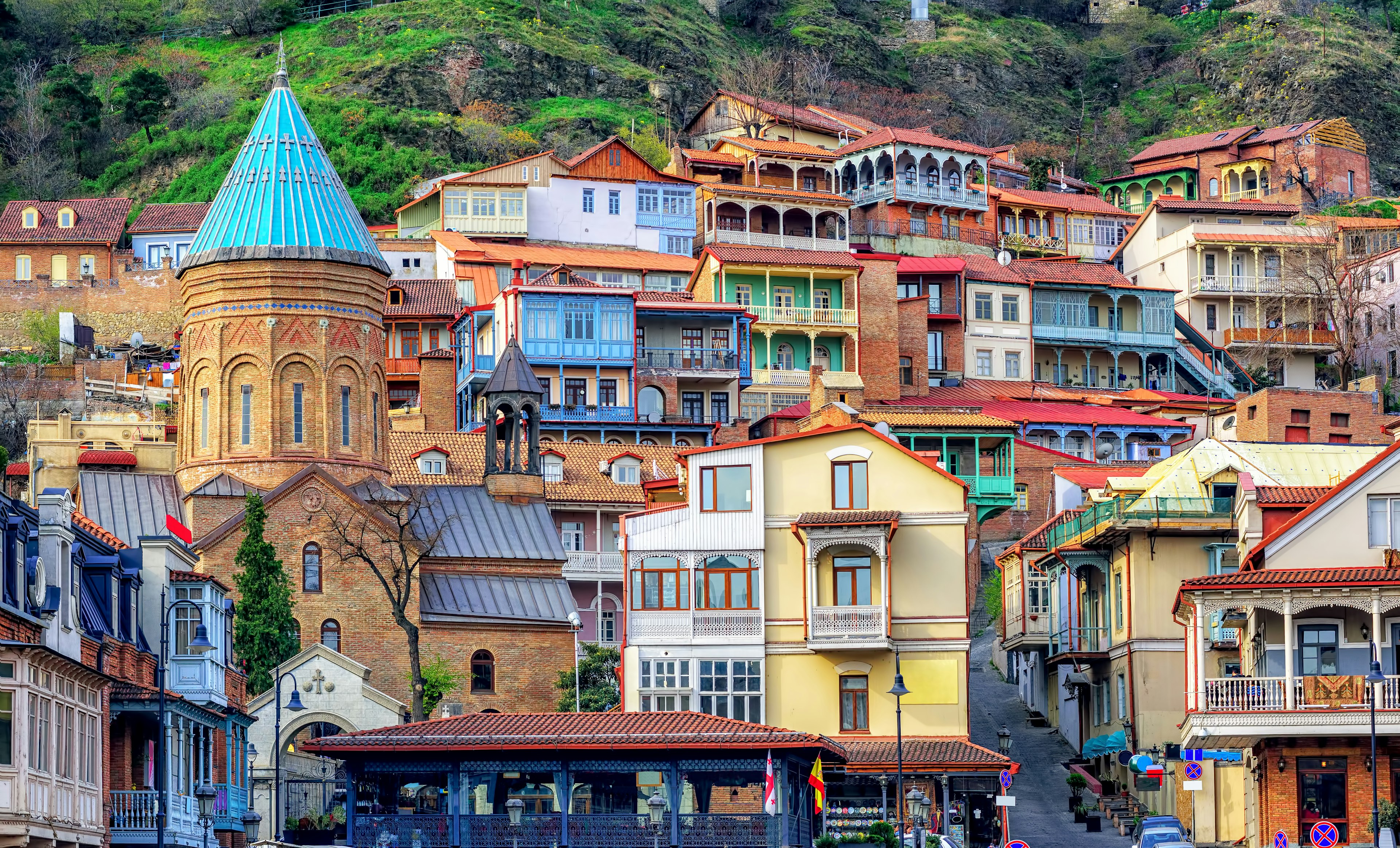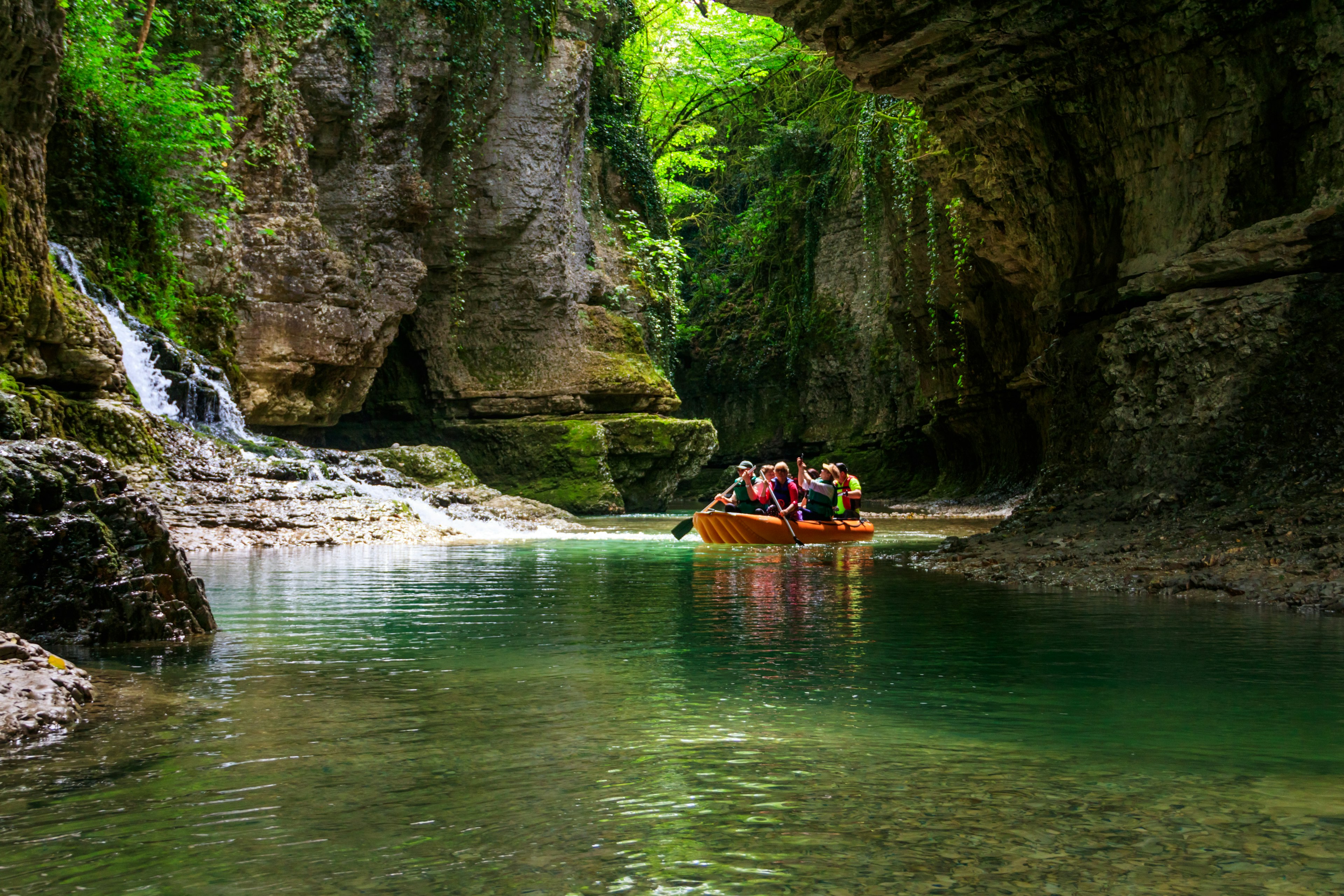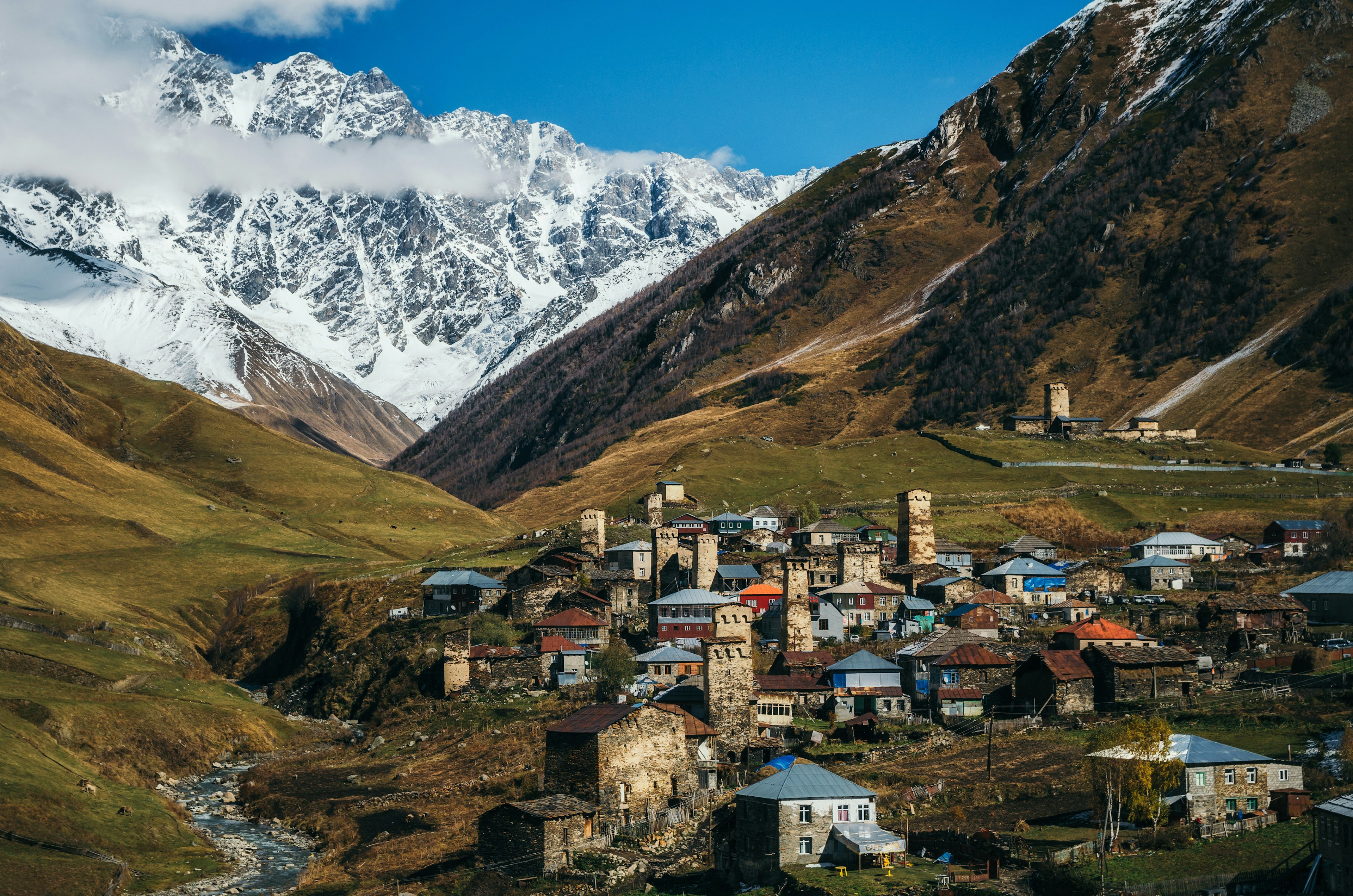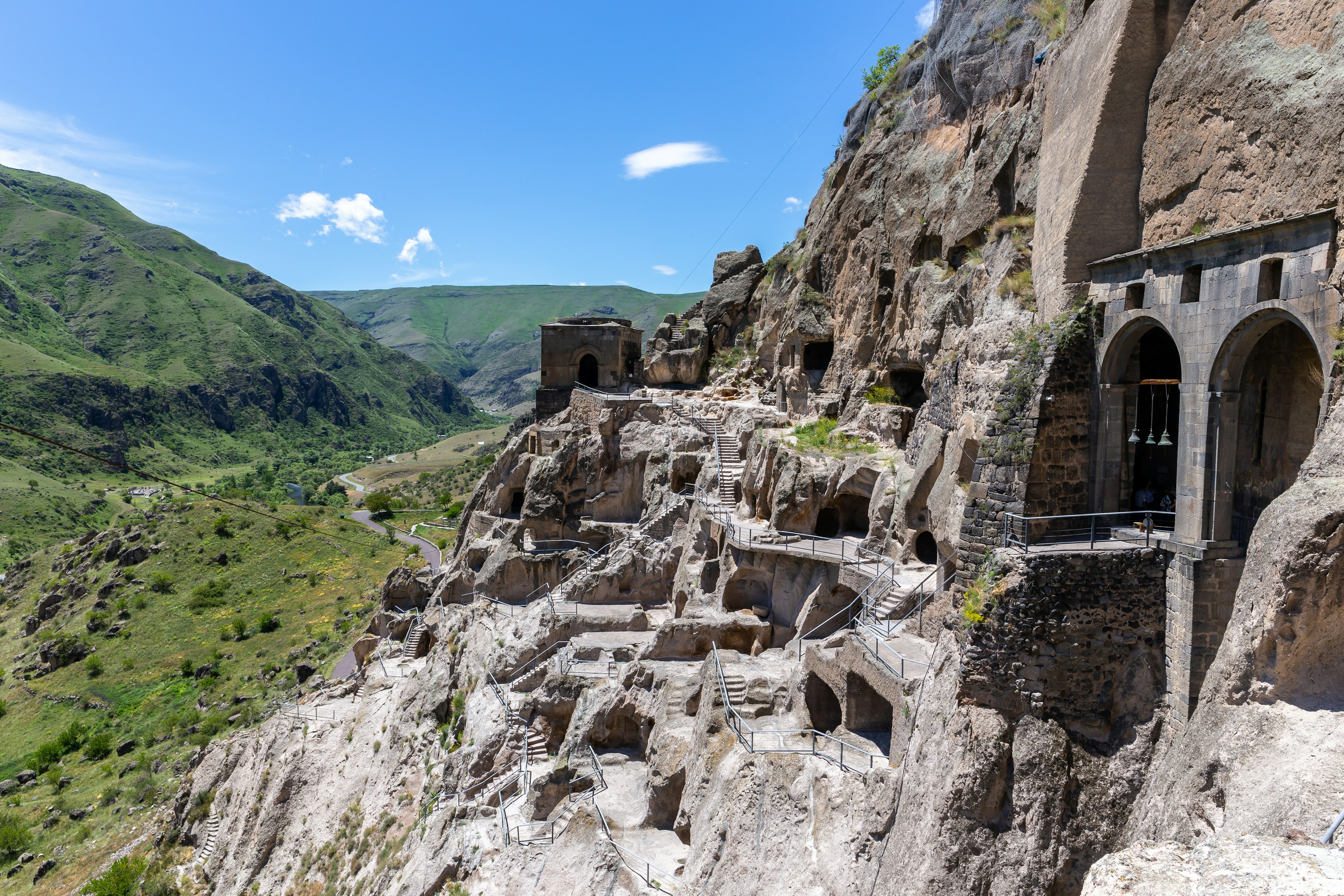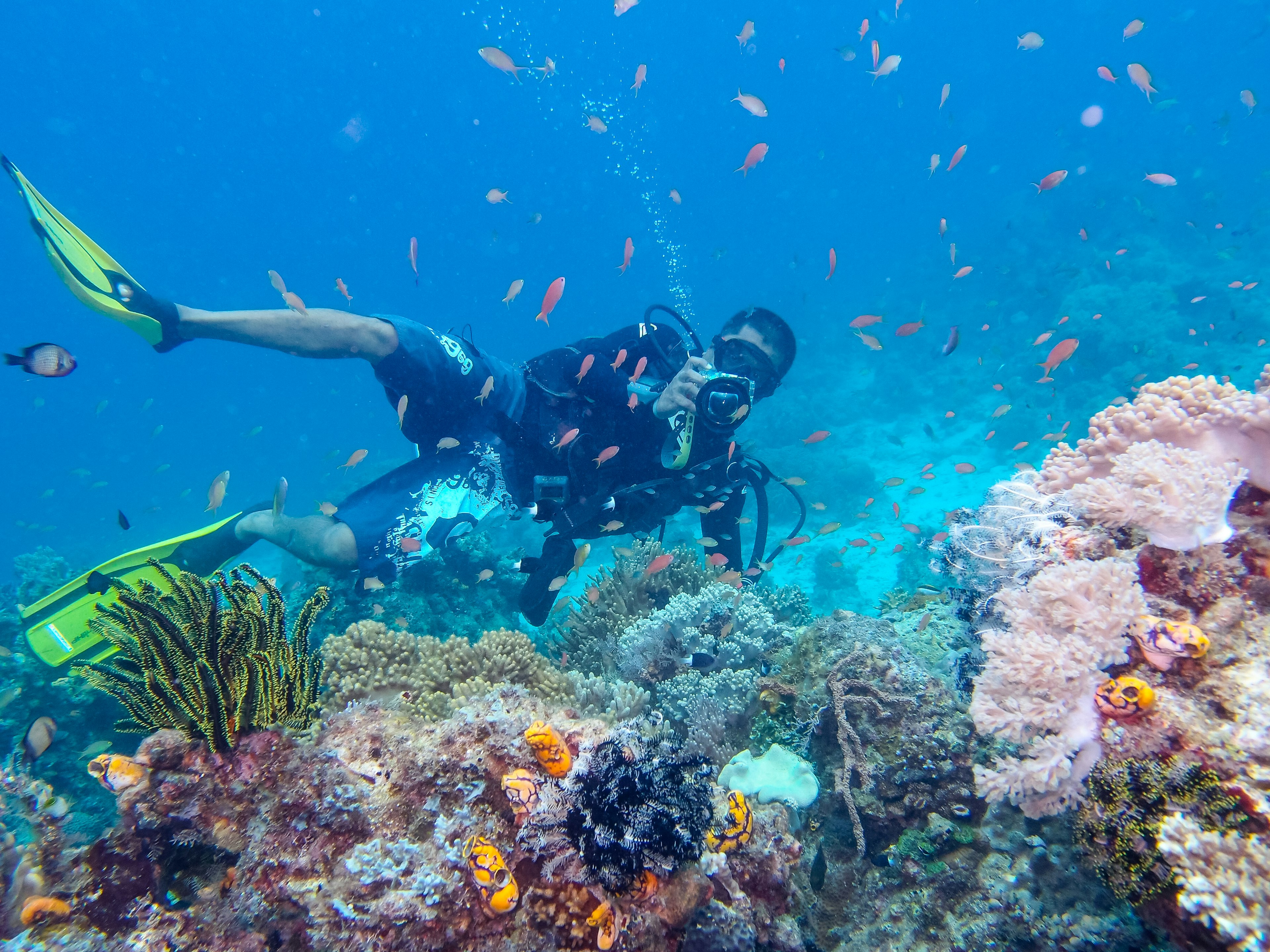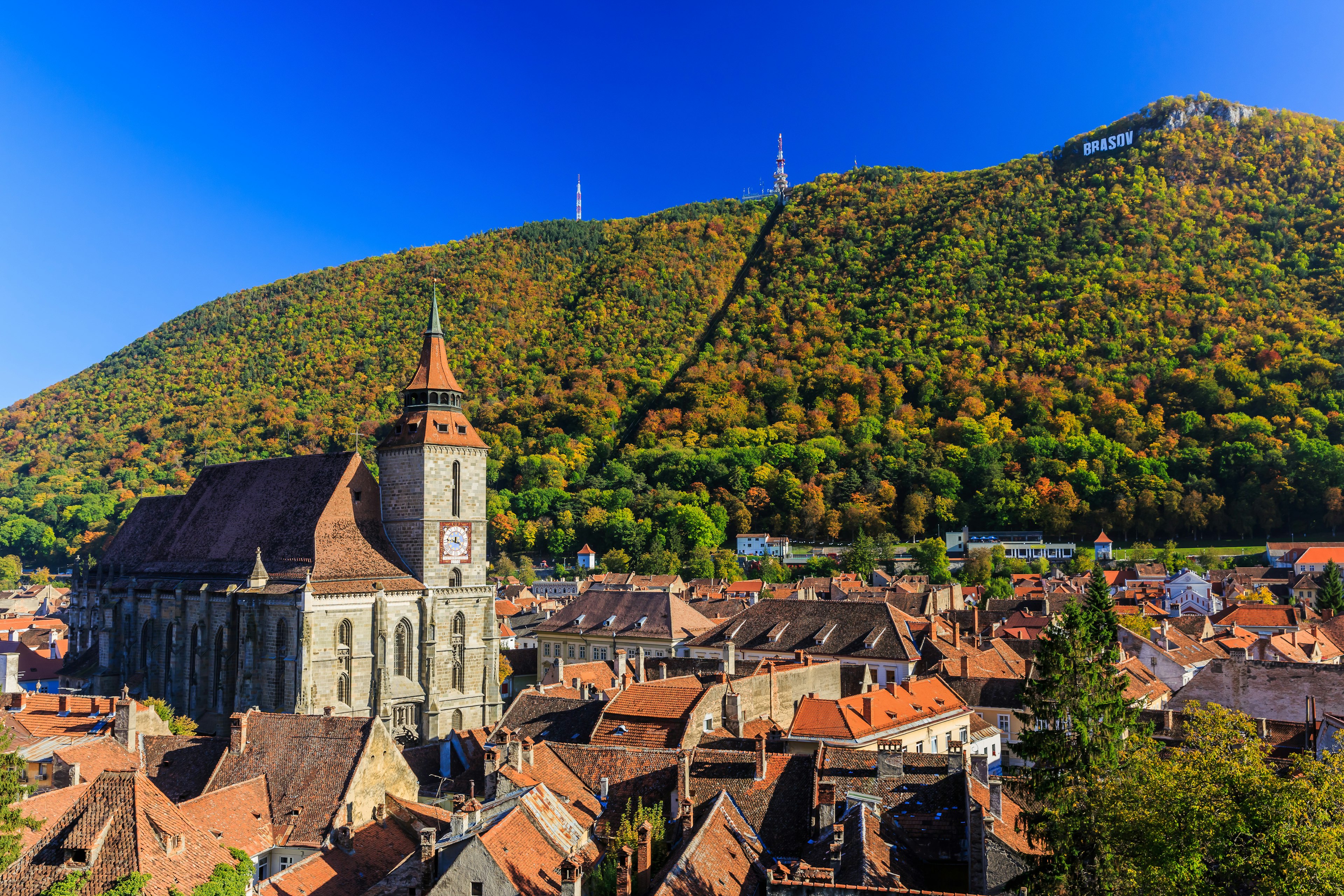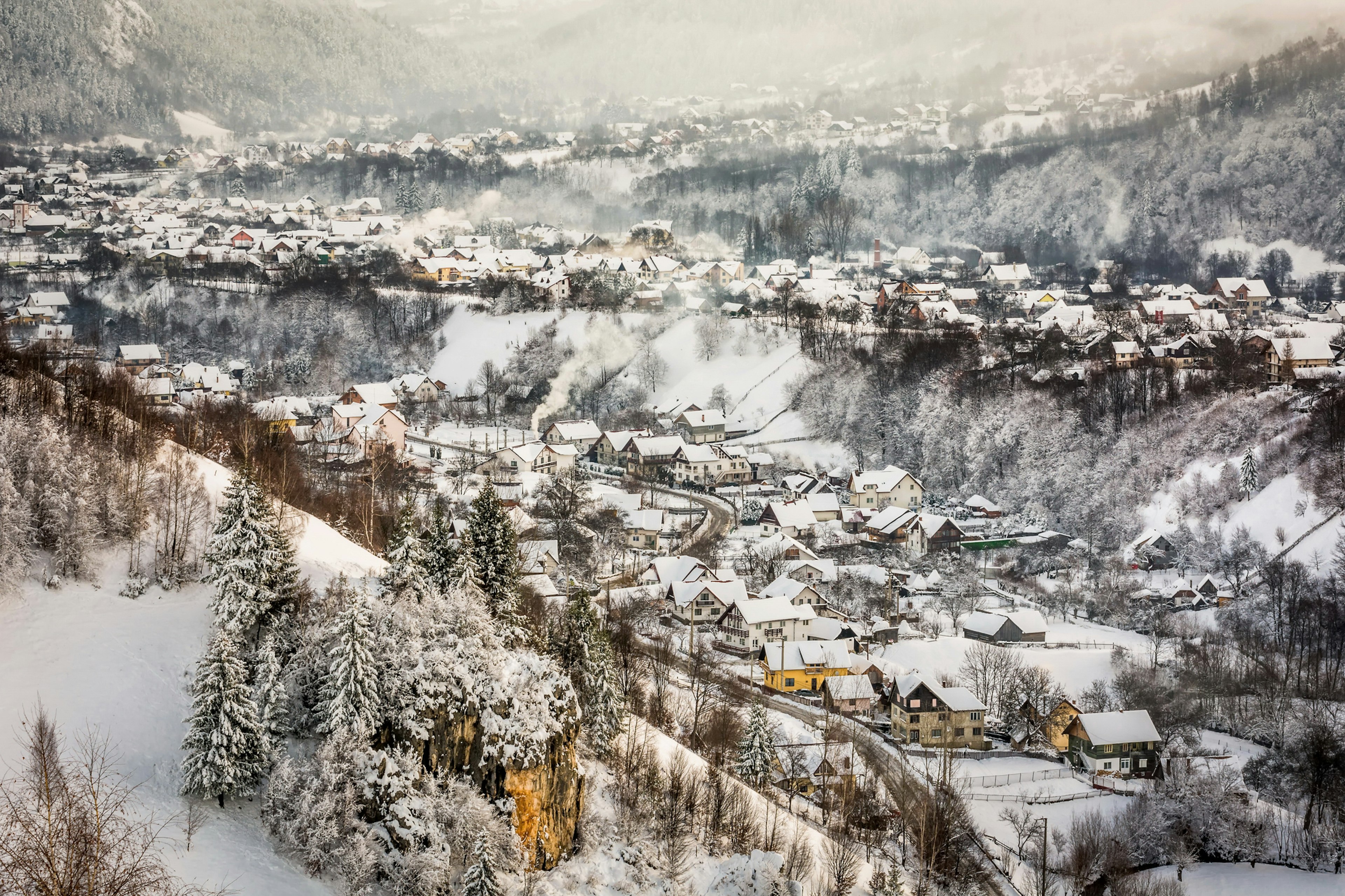Morocco is home to some of the world’s most striking mountain landscapes. Ramble through fragrant forests of cedar trees and walk along verdant valleys where time has stood still. More adventurous hikers scale North Africa’s tallest peak or head off on demanding multi-day treks across rugged massifs.
With peaks and valleys to suit all abilities, atmospheric eco-friendly lodgings, and a tasty tagine waiting for you at the journey’s end, here are our top picks for hiking in Morocco.

1. Jebel Toubka
Best high-altitude hike
27km (16.7 miles), 2 days, hard
The High Atlas – Morocco’s loftiest mountain range, known to the locals as Idraren Draren or Mountains of Mountains – runs diagonally across the country for almost 1000km (620 miles) and is a trekker’s paradise, especially in spring and autumn.
The biggest draw is the ascent of Jebel Toubkal, North Africa’s highest peak at 4167m (13,670ft). Much of the trekking is done on the first day, a six-hour hike zigzagging upwards through a craggy valley. Stop to acclimatize and share campfire tales with fellow climbers at a rustic refuge, before setting off at first light to scale the snow-dusted summit. You’ll need snow equipment in the winter months, but if you’re blessed with brilliant blue skies, you’ll have views all the way to the Sahara.
With more time, you can take on the challenging week-long Toubkal Circuit and, as well as tackling Toubkal, you’ll meander between remote Amazigh (Berber) villages, crossing fertile valleys, rocky massifs, and panoramic passes.
The mountain village of Imlil (90 minutes from Marrakesh) is a hub for hikers and the place to hire a mountain guide (compulsory in Toubkal National Park) and book a bed at one of the refuges. There are plenty of other treks to try: stay in style at the sustainable Kasbah du Toubkal and you can hike to their remote lodge in the Azzaden Valley.
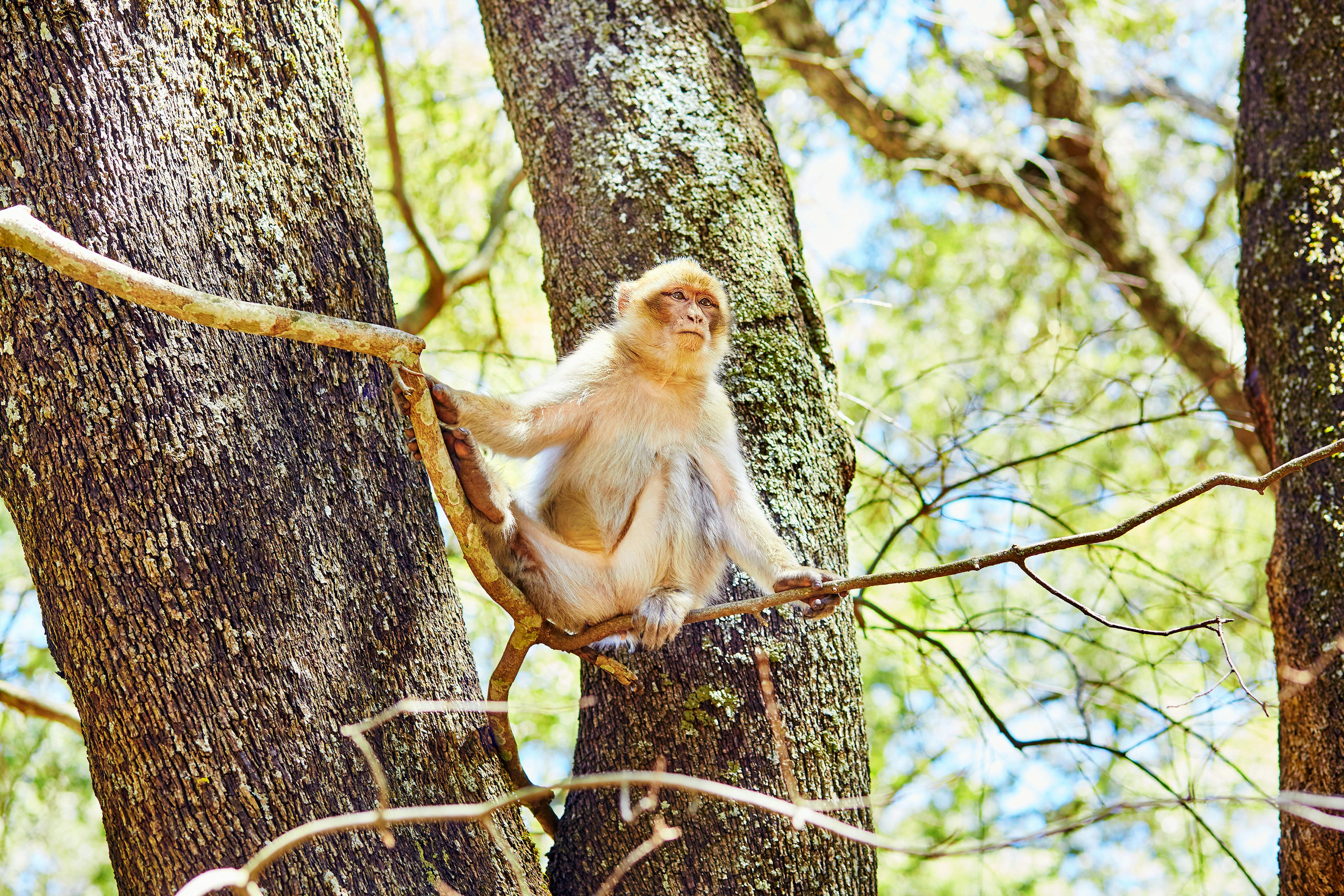
2. The Monkey Trail (3M Squared Loop Trail)
Best for wildlife watching
7.4km (4.6 miles), 2.5 hours, moderate
Close to Ifrane – aka Morocco’s Little Switzerland, thanks to its Alpine architecture and spotless streets – Ifrane National Park is spread over 500 sq km (310 sq miles) of the Middle Atlas mountains. It’s famed for its fragrant forests of Atlas cedars and troops of endangered Barbary macaques. The one-of-a-kind primate was once widespread in Europe and North Africa, but is now only found in small pockets of Morocco and Algeria’s northern mountain ranges.
The park has several well-marked, easy-to-moderate trails, but – as the name suggests – the Monkey Trail will give you a good chance of spotting the mischievous macaques, as well as other forest residents, such as foxes and wild boar. It’s great for trail runners and mountain bikers too, since it’s shaded by lofty oak and cedar trees.
Enlist a guide, such as Saleh Boudaoud, to discover more about the park’s flora and fauna and the threats the macaques face from human interaction and poaching for the exotic pet trade.

3. Akchour Waterfall and God’s Bridge
Best for waterfall lovers
13.8km (8.6 miles), 5 hours, moderate
Tucked into the green folds of the Rif Mountains, charming Chefchaouen is famed for its endlessly photogenic blue-hued medina. But once you’ve explored its cobbled streets and people-watched from its pretty squares, take to the trails of the vast Talassemtane National Park with its luminous waterfalls and forests of firs.
This popular hike starts in the village of Akchour, around 45 minutes from Chefchaouen by grand-taxi. Head towards the hydroelectric dam and a fork in the road where the well-trodden left-hand trail dips through evergreen forest and between moss-covered rock formations. After around 45 minutes you’ll reach the first waterfall, but keep going until you reach the larger cascade that plunges into an emerald-green pool – perfect for a refreshing dip before you make your way back to the dam.
Once there, you can extend the hike by taking the right-hand trail and the steep scramble to God’s Bridge, a natural arch straddling two cliffs. Then stop at one of the roadside stalls near the Akchour end of the trail for a well-earned tagine, or immerse yourself in the park with a stay in a stunning wood-and-stone cabin at the eco-friendly Ermitage d’Akchour.
4. Jebel Saghro Circuit
Best for off-the-beaten-track trekking
90km (56 miles), 5 days, moderate
Sandwiched between the High Atlas and the Sahara’s shifting sands in southeast Morocco, the Saghro Massif possesses a stark beauty, with yawning canyons, flat-topped mesas, otherworldly rock formations, and arid desert-scapes.
Its stony tracks are frequented more by the semi-nomadic Aït Atta tribe than tourists. And while there are steep ascents and descents, trails are generally lower-lying and less challenging than the High Atlas. Its highest peak, Amalou n’ou Mansour, sits at 2712m (16,85ft) and most passes are between 1500m (932ft) and 2500m (1553ft).
The Saghro Circuit takes five days starting at Tagdilt near Boumalne Dadès and ending at Kalaat M’Gouna. Add an extra day to reach the peak of Jebel Kouaouch (2595m/1612ft) with views to rival those from Toubkal. If you’re going without a guide, you’ll need to be confident at navigating and stock up on supplies before you set off.
And there are plenty of shorter out-and-back trails and one-way walks. To the south, the Kasbah Hôtel Aït Omar in the kasbah-studded, oasis town of Nkob makes a great base, with its vegetarian-friendly restaurant and insider tips for routes and local guides.

5. Moulay Idriss to Volubilis
Best for culture vultures
4km (2.5 miles), 45 minutes one-way, easy
Just 90 minutes from Fez and 40 minutes from Meknes, the holy, hilltop town of Moulay Idriss Zerhoun is the perfect starting point for a leisurely ramble to the archaeological site of Volubilis, a far-flung outpost of the Roman Empire turned Unesco World Heritage Site.
Walk downhill from the bus station to a roundabout where signs point you in the direction of a slower pace of life, as you wind your way through pine forests, olive groves, and across a fertile plain towards triumphal arches, ancient columns, and glittering mosaics. Head back to the whitewashed town on foot, by taxi or donkey and refuel with a traditional three-course feast on the terrace of Dar Zerhoune while you drink in the views.
6. Todra Gorge
Best for day hikes
11.4km (7.08 miles), 4-5 hours, easy
The Loop Hike trail at Todra Gorge is one of the most popular day trips on the eastern side of the Atlas Mountains. Intrepid travelers with experience on this trail say it’s safe for unguided hiking, with inspiring 360-degree views of the gorge’s 300m-high walls along the path. The gorge is the starting point for several hiking trail options, but the Loop Hike keeps things scenic and easy. Panoramic views on this trail also afford stellar views of surrounding mountainscapes without a strenuous climb.
Intrepid travelers recommend this adventure as a worthwhile day stop while commuting between Marrakesh and the Sahara Desert. The self-guided loop trail starts at the northern end of the gorges to Tizgui, a Berber village at the southern entrance. In addition to otherworldly activities on foot, rock climbing is also a major draw for mountaineers.
Standout stays nearby include Hotel Xaluca Dadès, a 106-room accommodation north of the city center, and Auberge Le Festival, a tranquil 7-room eco-hotel. Due to its remote nature, both hotels are great places to dine, and Auberge Le Festival is said to regularly entertain with live music. Restaurant La Petite Gorge is one the best spots for traditional Moroccan eats, and the natural beauty surrounding Kasbah Petit Nomade while eating tagine or couscous adds to the majestic feel of your visit.
7. M’Goun Circuit
Best for extended multi-day hikes
200km (124.3 miles), 5-10 days, hard
This lesser-visited hiking path is arduous, but the epic trek takes hikers through the Ait Bougamez and M’Goun valleys. The rewards of choosing this circuit include lush valley views, snow-dusted mountains and what many consider one of the best places to visit in Morocco for hiking. Plus, its high point – Jebel M’Goun (4,071m) – is the second-highest peak in North Africa.
Hiring a local guide is highly recommended for this trail since the journey is virtually unmarked, and it’s more tricky after a snowfall. Navigating the terrain can be challenging at times, and guides can assist with following local customs or facilitating support during an emergency. Local Berber guides also typically provide a cook, tents, mules and other supplies for the multi-day trek.
The primary accommodation options are trekking refuges and homestays. For a high-end stay and the area’s best formal dining setting, consider a modest mix of old and new worlds at La Kasbah du M’Goun.
Tips for hiking in Morocco
Finding others to hike with
Hiking in Morocco is a bucket list item for many, so finding hiking partners is fairly simple. Before you depart, check out travel groups on social media. They’re a great place to connect with other travelers on similar itineraries. The best times to visit Morocco are spring and fall, and if you’re planning a trip during these seasons, you’re more likely to find large groups with whom you can plan a last-minute trek.
As for finding local guides to lead your hike, that depends on your trail of choice, as each trail has its own operating procedures. Many trails are fairly challenging, so it’s important to confirm if your hike requires local guidance. Before hiring a guide, it’s essential to ask questions to get a feel for the guide and manage each other’s expectations.
Is it safe to hike solo in Morocco?
In many cases, hiking solo in Morocco is generally safe when following a few precautions. A Moroccan contact should know where you are at all times (and when you’ll be back). Reserve solo hiking for daytime hours and always remain aware of your surroundings, especially if you’re a a woman hiking alone.







